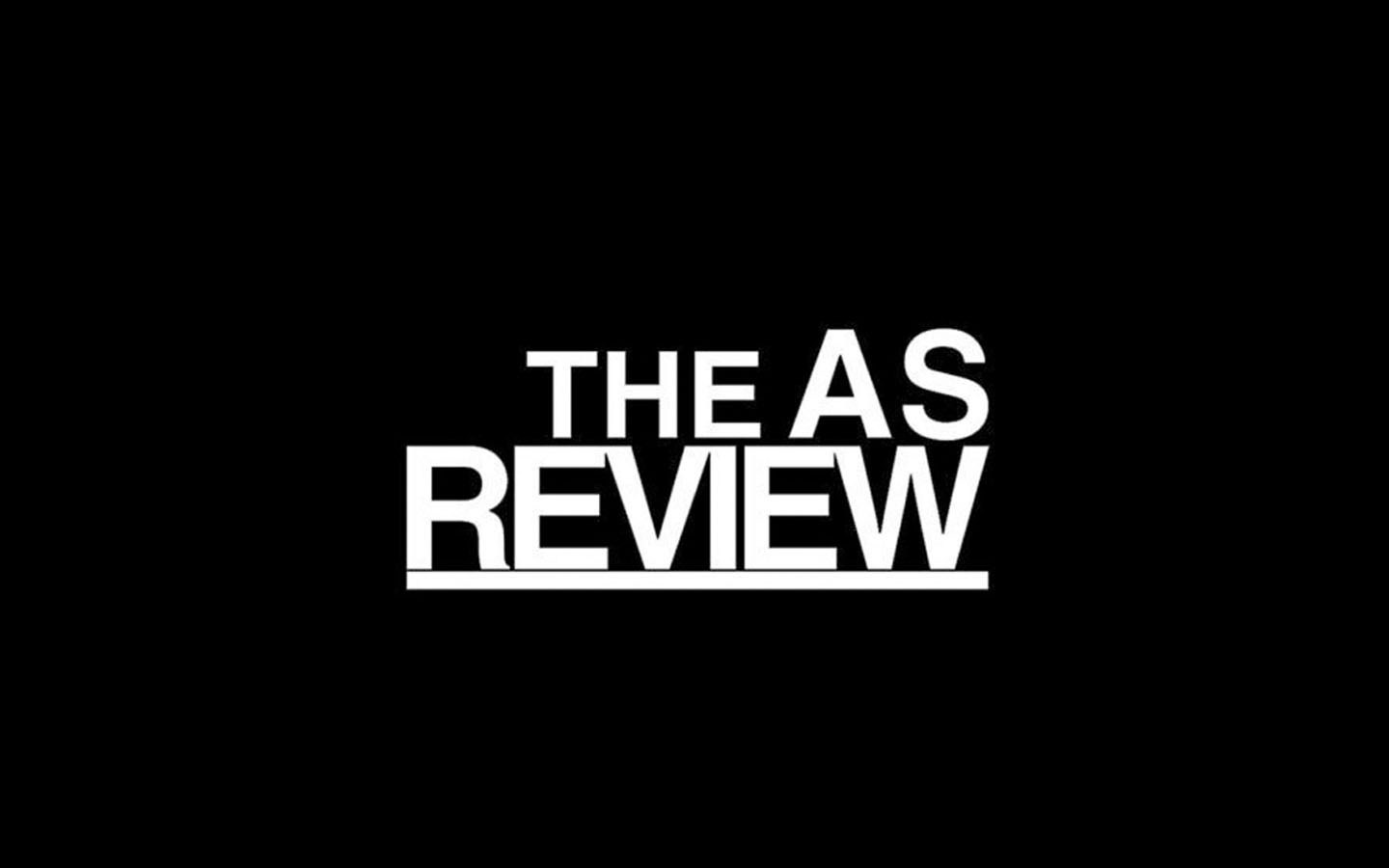The AS Review logo.
By Eva Bryner
Coronavirus [COVID-19] fears have been sweeping the country, and the side effects are sickening.
In a time of social distancing, people are still finding ways to be racist and xenophobic towards Chinese and Asian populations about COVID-19.
From hate crimes across the country, to President Trump calling it “the Chinese virus” on twitter, to major news organizations only using photos featuring Asians for COVID-19 stories, COVID-19 is a media topic latent with racism.
Stated plain and clear on the Whatcom County Health Department’s website, “Risk of COVID-19 is not associated with race or nationality.”
It seems simple, diseases don’t discriminate, but the media, government officials and immigration control will, and the effects are happening in real time.
Much of the media coverage of COVID-19 sensationalizes the disease, and relies on the history of discrimination and racism against Asian immigrants in the United States.
The New York Times published an example of this within the first few weeks of the virus’ existence by running a piece that focused extensively on what kinds of food and live animals were being sold at China’s Wuhan Market where the virus started.
This article’s framing was meant to shock readers, and effectively “other” Chinese people based on a racist view that their food is “weird” because it is not familiar to the writer or the editor.
This implied connection is racism at work, and by putting it in the forefront of our media, narratives of othering are perpetuated and normalized.
As easy as it is to think our community is not affected by a New York Times article, the effects of media sensationalism are ever present.
Businesses run by Chinese Americans in Seattle have reported less customers over the past week, with business owners seeing empty restaurants, shops and markets while chain businesses and larger supermarkets and stores have been seeing empty shelves as a result of panic capitalism.
We know that this racism is, in fact, affecting our communities. So, what has the response been from our university?
It’s clear that racism and xenophobia have become tied to the narrative of COVID-19 thus far, and while I would love to say that Western has done a great job with handling COVID-19 scares and offered resources and support for students who may have experienced racism as a result of misinformation, that is just not the case.
Despite canceling classes for the remainder of winter quarter and having an entire page of information surrounding COVID-19, Western scarcely recognized the racism that is deeply connected to this pandemic.
The most Western has said about racism came in an email to students and a coinciding Western Today article updating the status of COVID-19 on campus on March 16.
“Viruses do not discriminate. It is especially important that we actively work against the anti-Asian bias connected with COVID-19. There is no racial or ethnic dimension to this illness,” Melynda Husky, vice president for enrollment and student services, said via a Western Today statement.
While addressing the racism surrounding COVID-19 is a good start, Western waited weeks to make a four sentence long statement, and quietly updated their COVID-19 page to include a stigma reduction link.
If Western cannot address, loudly and in full, the harm that COVID-19 poses for its Asian and Chinese students alongside providing resources, then they have no right to claim they are doing their best to handle the situation.
With that said, white students need to do better. When we do not question or challenge systems of white supremacy, we actively contribute to them.
If you’re wondering what you can do, here are some basic suggestions: reach out to your friends who may be experiencing racism, venmo them a couple dollars if you can! Even while social distancing, you can still support local Asian American owned businesses by ordering out from one of the businesses or restaurants on this list from the Northwest Chinese Cultural Association. If you see a news organization misrepresenting COVID-19 by only using photos of someone who is Asian, write a letter to the editor about why that perpetuates racist myths.
Overall, wash your hands and don’t be racist.

